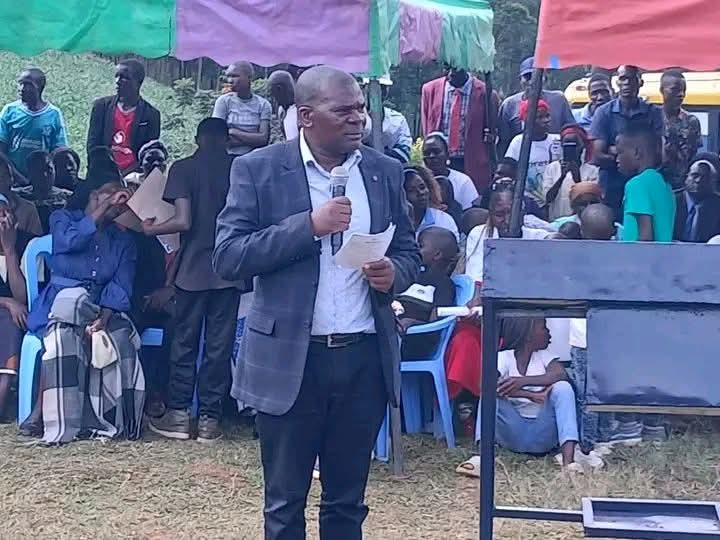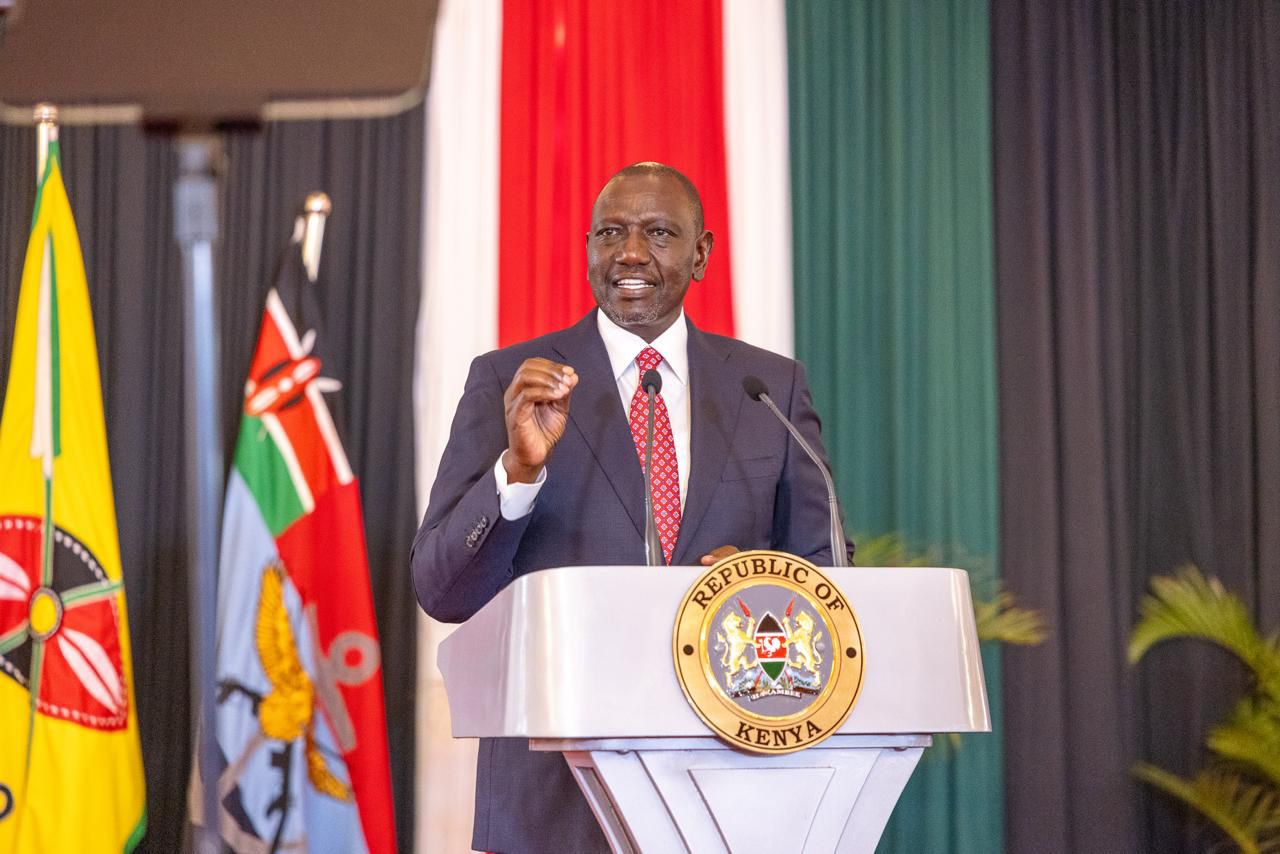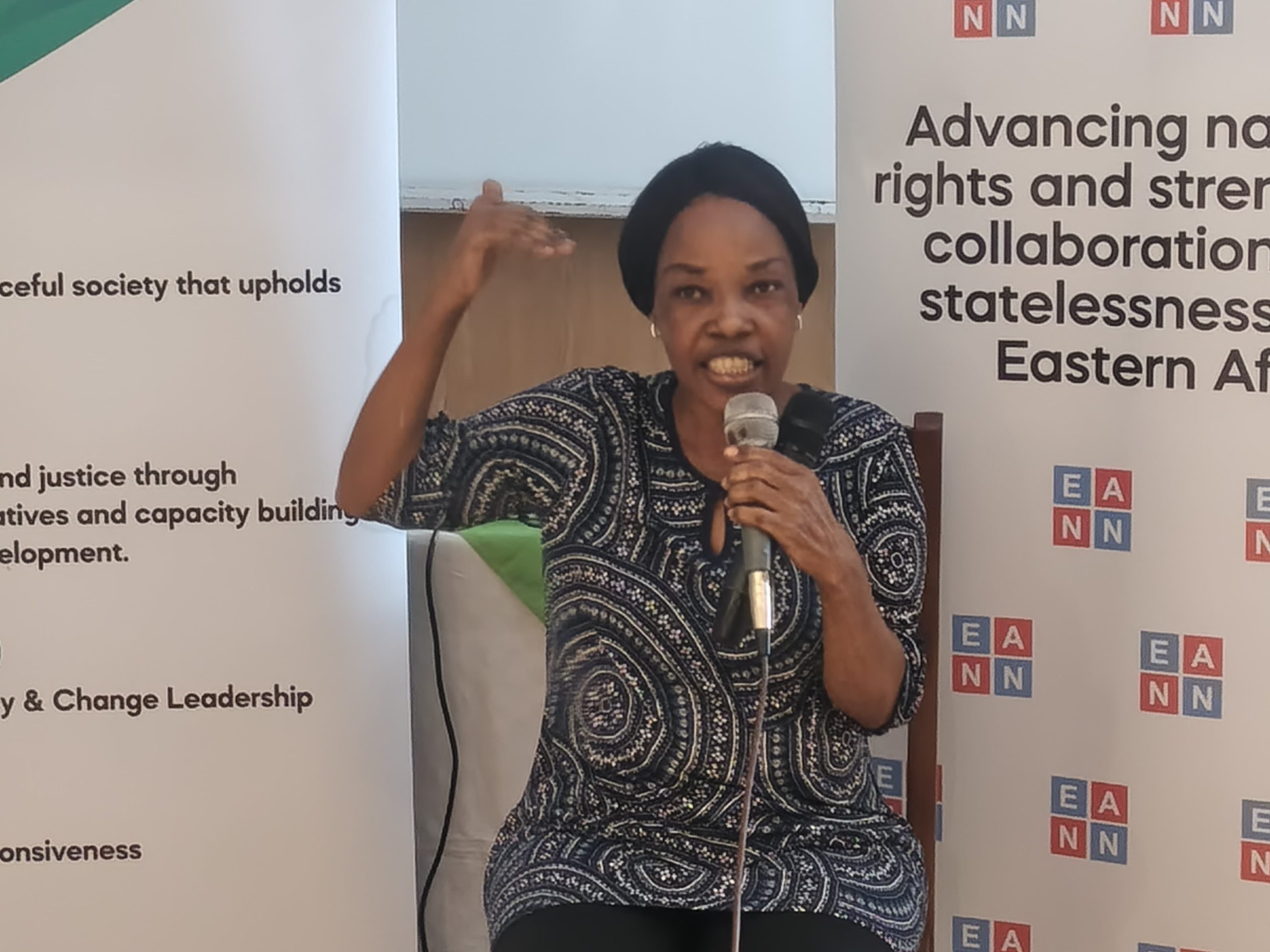As the dust settles after this year’s national university and TVET placements, a storm is quietly spreading across education sector, one not of exam results or missed qualifications, but of broken promises and dreams slipping through the cracks.
Thousands of hopeful students who earned their places at institutions of higher learning now find themselves paralyzed, not by failure or lack of ambition, but by a crisis far more insidious: a government funding model that promised inclusion and equity, yet has left many in limbo with no financial support in sight.
This year’s cohort is the second to experience Kenya’s New Higher Education Funding Model (NFM), a system introduced with lofty promises of fairness, transparency, and social justice. Meant to replace the outdated blanket funding approach, the NFM promised to assess each student’s financial need individually and allocate support accordingly. In theory, this meant the most vulnerable would receive the most help a progressive vision welcomed by many. But in practice, the story unfolding is one of confusion, silence, and despair.
At the heart of chaos is the Means Testing Instrument (MTI), the tool used to assess eligibility for government scholarships and loans. While the idea of MTI seemed noble evaluating factors such as income, number of dependents, property ownership, and education level of parents, its execution has been nothing short of a nightmare. Thousands of students who can barely afford school uniforms, let alone university tuition, have been shockingly categorized as “less needy” and left out of full support. Others have been completely shut out of the HELB system without explanation, forced to watch their university dreams wither before they even begin.
ALSO READ:
Education Committee members meet TVETA heads amid financial strains
Families are stunned. How can a child raised by a single mother selling vegetables by the roadside be declared financially capable? What data is MTI using to make such life-altering decisions? In a country where informal income is the norm where hawkers, farmers, boda boda riders, and casual laborers make up the majority how can a model that relies on documented income and rigid algorithms reflect the actual financial struggle of the average Kenyan?
These are the very questions now echoing within the walls of Parliament. The Education Committee of the National Assembly, led by the outspoken Tinderet MP Julius Melly, has summoned HELB and other higher education financing authorities to explain the unfolding disaster. “One of the issues we want to hear about is the university funding model and the means testing instrument,” Melly declared during a heated session. “It is giving Kenyans sleepless nights.”
HELB, the institution once known for turning financial barriers into bridges, is itself in deep water. Years of ballooning loan defaults and weak recovery mechanisms have left it struggling. Its current loan book is under pressure, repayment is poor, and youth unemployment has only made things worse. Ironically, the NFM was partly introduced to ease pressure on HELB by boosting scholarships. Yet in implementation, it is forcing more students to depend on loans — loans that are not being processed on time, if at all. With no proper communication strategy, no clear appeal process, and limited funding from the National Treasury, HELB now finds itself at the centre of public anger and student despair.
ALSO READ:
Kilifi needy student awarded Commonwealth scholarship for Master’s study
To make matters worse, the rollout of the new model has coincided with delays in budget implementation. Funds meant to support students under the NFM have not been disbursed on time, deepening the financial crisis in universities. Students who were offered partial scholarships or loans haven’t seen a single shilling. Parents, already burdened by the rising cost of living, are being told to pay thousands in tuition without warning. Institutions are demanding fees, landlords are asking for deposits, but the money simply isn’t coming. The system is frozen, and with it, the futures of thousands of young Kenyans.
As the Parliamentary Education Committee pushes for answers, it has become clear that the New Higher Education Funding Model is dangerously out of touch with the realities on the ground. The MTI must be urgently reviewed. It must become transparent, adaptable, and context-sensitive. Kenya cannot continue using a flawed tool to make decisions about who gets to learn and who gets left behind. HELB, too, must be strengthened not only in its capacity to fund students but in its ability to communicate clearly, resolve complaints, and deliver funds without delay.
Most importantly, the government must remember the purpose of public education: to unlock potential, not bury it under red tape. The NFM was introduced with the promise that no child would be denied education due to lack of fees. That promise is now broken. The model, as it stands, is not inclusive. It is not fair. And it is not working.
ALSO READ:
Busia’s Amagoro Primary gets 1 million solar power boost to curb power outages
The crisis we are witnessing today is not just about money it’s about trust. The students who studied through blackouts, hunger, and hardship to earn university slots now feel abandoned. They believed the government would stand with them. But as reporting dates approach and bank accounts remain empty, they are learning a hard truth: even in a system built on merit, poverty still writes the final verdict.
Kenya cannot afford to ignore this. The nation’s future depends on the very youth now being blocked from classrooms and lecture halls. If we fail them today, we fail the country tomorrow. It’s time to fix this. Not with promises or press statements, but with urgent, bold action. Because a country that claims to value education must do more than talk it must fund it, fairly, fully, and without fail.
You can also follow our social media pages on Twitter: Education News KE and Facebook: Education News Newspaper for timely updates.
>>> Click here to stay up-to-date with trending regional stories
>>> Click here to read more informed opinions on the country’s education landscape






